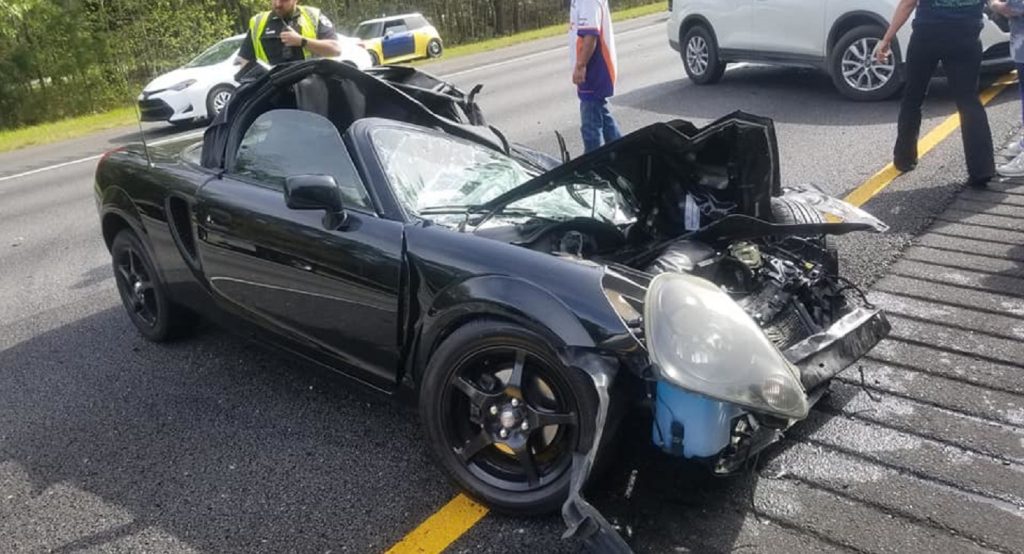An increasing number of car manufacturers are introducing their own crash-scene investigators to attend to crashes involving their vehicles.
In a piece published by The New York Times, this practice, which started back in the 1970s by Volvo, is explored in detail.
The Swedish manufacturer has a dedicated Traffic Accident Research Team in operation 24 hours a day which responds to incidents involving one of their vehicles within an hour’s drive of the Volvo headquarters in Gothenburg, Sweden. The team is automatically alerted by the Volvo On Call system.
At a crash site, investigators from Volvo will let local authorities do their work and once all critical rescue operations are carried out, will start inspecting the vehicles, take photos and make various measurements. Volvo collects all of its crash data and has used this information to improve the safety of its vehicles. It will also occasionally take possession of cars for further study.
Also Read: Volvo Wagon Crashes Head On To A Large Lorry, Driver Walks Away
Similarly, BMW has operated an Accident Research Program since 1977 and currently operates it in China, Germany, and the United States. This program looks at 3,000 data points in crashes involving its vehicles. The brand even uses advanced software to recreate a crash and details about impact points, seat belt use, deployed restraint systems, injury severity and accident location data is sent to the emergency call center.
Subaru also operates a team of field investigators to perform inspections at crash sites while numerous other car manufacturers, including Honda, do comprehensive post-crash research at locations across the United States. Tesla also frequently sends out teams of investigators to accidents involving its vehicles.
While different auto manufacturers go about their post-crash research in different ways, all do it with the intention of using data to further improve the safety of vehicles.




